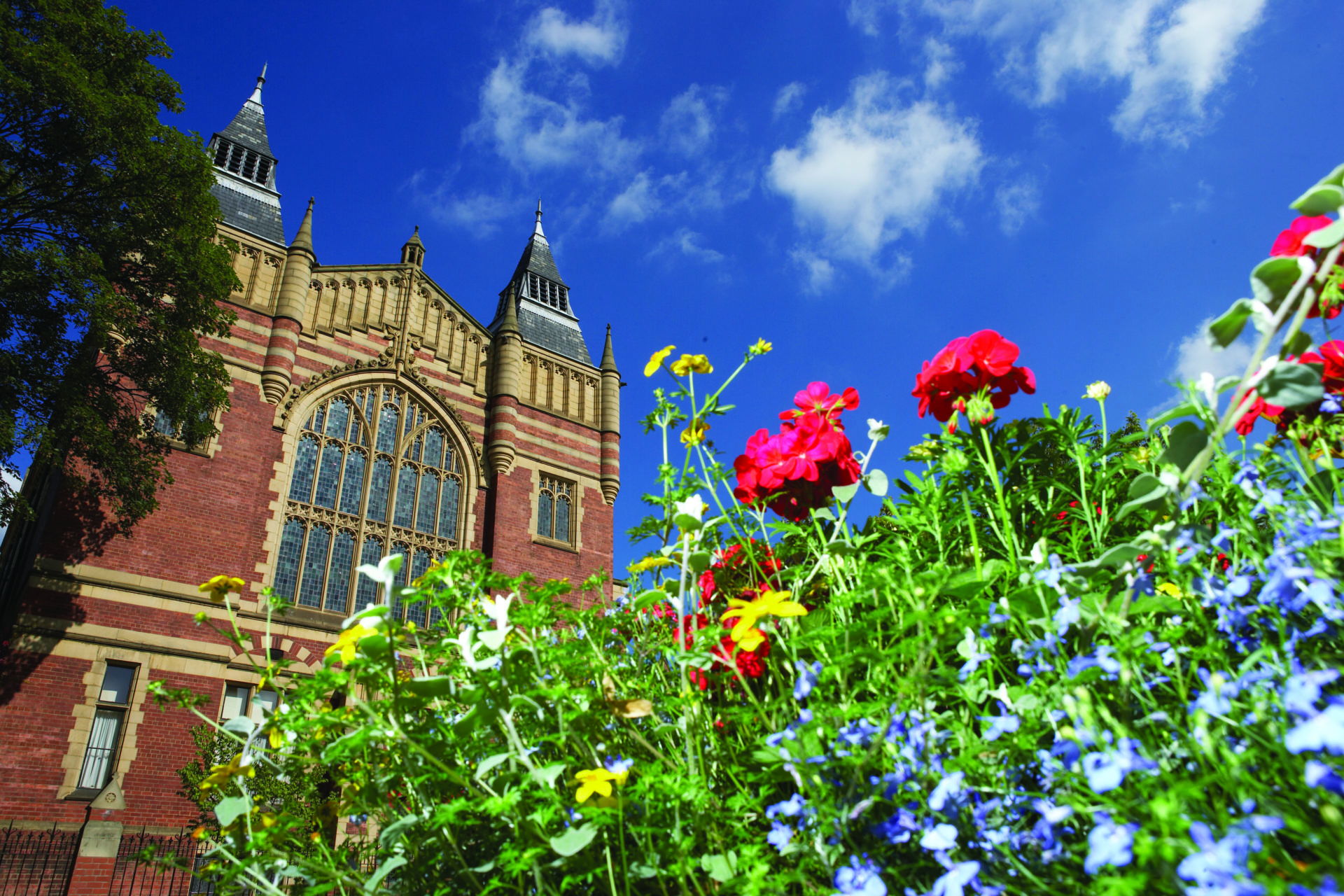Getting started with identifying plants and animals

Can you recognise the birds you see in your garden or local park? Wish you could identify some of the plants you see around Leeds? Or perhaps you’ve never even thought about it? Student Sustainability Architect Sam Brooke talks about how – and why - to start your journey learning to identify plants and animals.
Think of a green space near you: a park, a field, or even a forest if you’re lucky. Could you name every species contained within its plants, mammals and insects?
Unless you’re Ray Mears, the answer’s probably “No”. That’s certainly my answer. Maybe you can list a few species that are easily recognisable: an oak tree, bright pink and purple fuchsias, or a few different types of insects. Beyond that, things can seem too complicated to bother with, often because you don’t know what you don’t know.
But as unknowable and mysterious as the natural world can feel – and that’s not necessarily a bad thing – learning about the plants and animals in your local area can give you a completely new perspective on what’s around you.
How monitoring biodiversity can shift your perspective
Until I took up this role running the biodiversity monitoring project at Bodington Fields, I felt like I only saw hints of the “real” nature in and around Leeds. Spotting rabbits on night-time walks home through campus and hearing woodpeckers in St George’s Field made me think about the hidden world that was slowly revealing itself to me.
Often, though, this world is hiding in plain sight. To discover it, all you need is a little time and a tool or two.
Using the iNaturalist App to identify plants and animals
This is where iNaturalist comes in, a fantastic free app that we use as part of our Bodington and campus biodiversity monitoring projects.
iNaturalist uses AI to identify plants, animals and insects you’ve taken pictures of, suggesting potential genuses and species and allowing you to record sightings. What’s more, other members of the online iNaturalist community can then look at your sightings and confirm or correct them.
This makes it a great tool for making your first foray into discovering the natural world around you. Having used iNaturalist on monitoring trips up at Bodington for a couple of months now, I can confidently say it’s helped me and our volunteers to learn how to identify all kinds of plants and insects, from clover and vetch to dance-flies and damselflies.
And the more of Bodington’s inhabitants I’ve begun to recognise, the more I realise just how much things change with the seasons.
Vetch which once towered above the grass is now shrouded by wispy yorkshire-fog, while cowslip by the pond has given way to a spikey morass of knapweed and thistle punctuated with emerging islands of bright pink corncockles. Knowing more about species makes you pay more attention to what you’ve seen before and what you haven’t.
Where should I start?
The great thing about learning to identify plants and animals is you can focus on what interests you the most.
Crazy about bees? Focus on their species and genuses (groups of individual species). More of a tree person? Get learning about leaves. There are a million points of entry.
In many ways learning about the natural world is like learning a language: it involves a lot of repetition and you’re never really done with it. Yet it’s also very rewarding and helps you understand the world in a different way.
So why not take five minutes out of your day and use iNaturalist to see what’s around you?
If you find yourself interested in delving deeper into species monitoring then consider taking part in our campus and Bodington monitoring projects as a volunteer. Just email biodiversity@leeds.ac.uk to find out more.
The Sustainable Development Goals
We use the United Nations Sustainable Development Goals (SDGs) as a framework to guide our activity. Our biodiversity work is linked to the following SDGs:
- Goal 3: Good Health and Well-being
- Goal 4: Quality Education
- Goal 11: Sustainable Cities and Communities
- Goal 14: Life Below Water
- Goal 15: Life on Land
Find out more about our impact on the SDGs.
